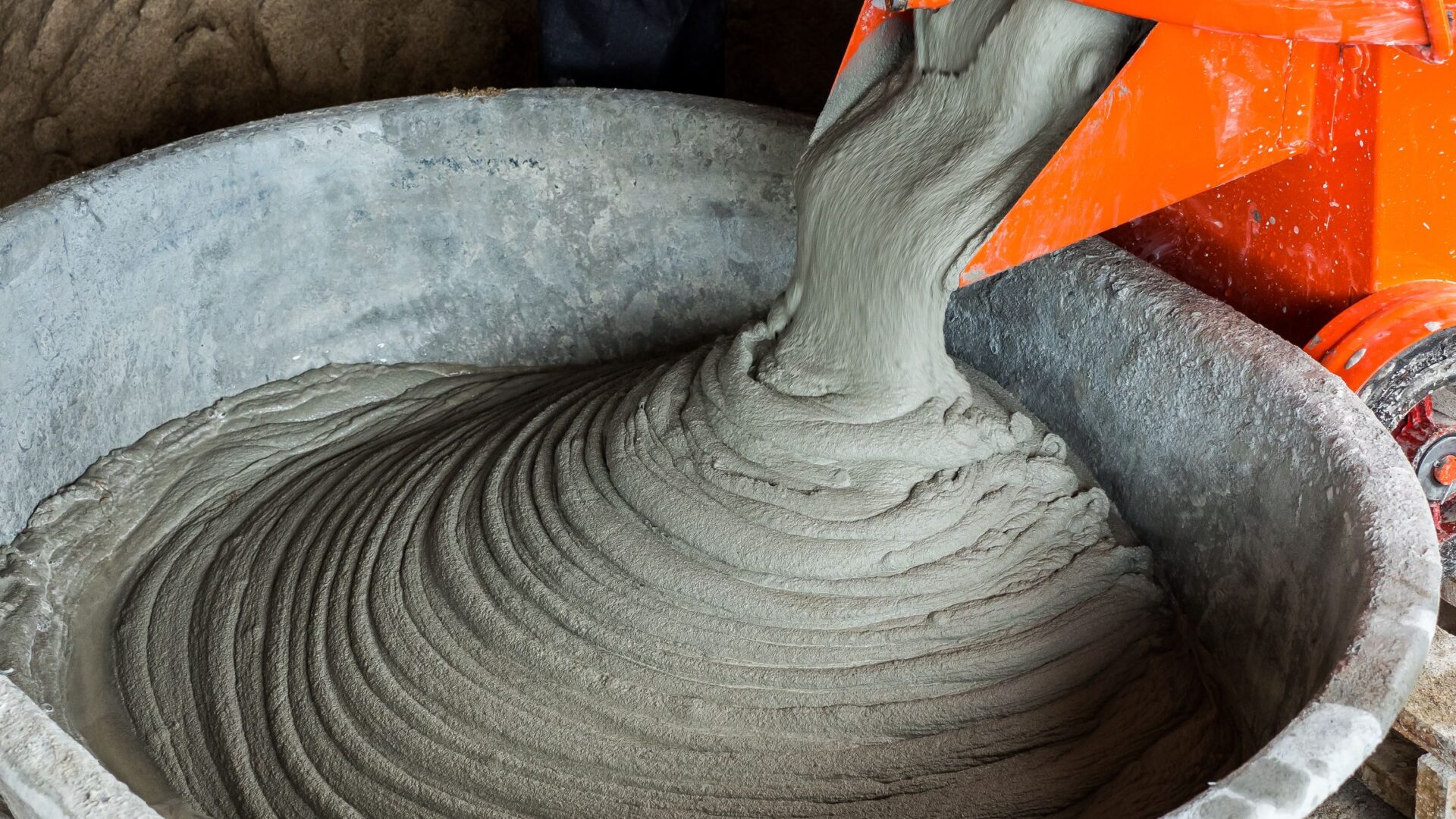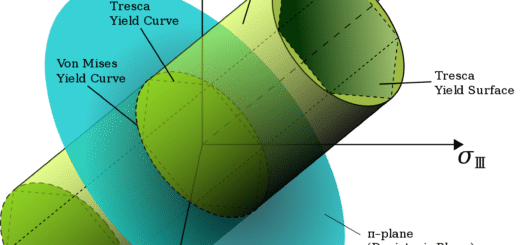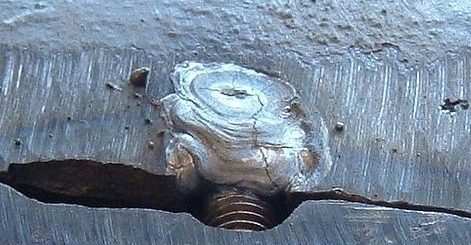Fineness of Cement | Factor affecting the Concrete
Civil engineering plays an integral role in modern-day infrastructure, so it is essential to ensure the use of only the finest building materials in all projects. Cement plays an important part in structural integrity and must be carefully chosen for quality and performance which is connected with fineness of cement.
In this article, we will discuss the importance of fineness in cement and why this should be a factor in the decision-making process for civil engineers. We will explain how fineness affects cement performance and determine what constitutes the ideal levels for different applications.
What is the Fineness of Cement
The specific surface area of cement is used to express the fineness, which is a measurement of cement particle size.
Cement is a critical ingredient in concrete and mortar mixtures, providing both strength and durability to these construction materials. The fineness of cement refers to the particle size distribution of the powder and has a direct impact on the speed of hydration, the rate of strength development, and the ultimate strength of the hardened concrete. In order to produce high-quality concrete, it is essential to use cement with the proper fineness.
Since the reactions take place at the cement’s interface with water, fineness has a significant impact on how quickly cements hydrates. The surface area for Ordinary Portland Cement (Types I and II) ranges from 3000 to 3500 cm2/g, whereas the surface area for rapid hardening Portland cement (Type III) is between 4000 and 4500 cm2/g.
Further, according to ASTM all varieties of Portland cement have a minimum surface area of 2800 cm2/g as measured by the Blaine air permeability test and it does not specify it for Type III.
How to Test the Fineness of Cement
There are several methods that can be used to test the fineness of cement, including sieve analysis, air permeability, and X-ray diffraction.
The most common test method is sieve analysis, which involves passing the cement powder through a series of sieves to pinpoint the particle size distribution. The results of the sieve analysis are then used to calculate the Blaine fineness, which is a measure of the total surface area of the cement particles.
The ideal particle size distribution for cement is generally considered to be in the range of 20-45 microns. Particles that are too large or too small can negatively impact the performance of concrete. Large particles can lead to a lower rate of hydration and slower strength development, while small particles can result in premature setting and poor workability.
There are many factors to consider when choosing the right cement for a project, but fineness should always be high on the list. By understanding the impact of fineness on performance, civil engineers can make informed decisions that will result in the best possible outcome for their projects.
The following standards are used for the testing of the fineness.
- ASTM C 115 – Fineness of Portland Cement
- ASTM C 184 – Finess of Hydraulic Cement
- ASTM C 204 / C 430 – Finess of Hydraulic Cement
There are different test methods such as Turbidimeter, Sieve analysis, etc. used by each standard.
Why is Fineness Important
- Fineness is related to the rate of hydration of cement. Better the hydration process occurs, we can have better performing concrete.
- Since the fineness increases the rate of hydration, it leads to an increase in the strength gain rate.
- Increase in the fineness improves the workability of concrete and also increases the setting time of the concrete.
- Higher fineness led to increasing the drying shrinkage of concrete.
- Bleeding of concrete would reduce with more fineness.




